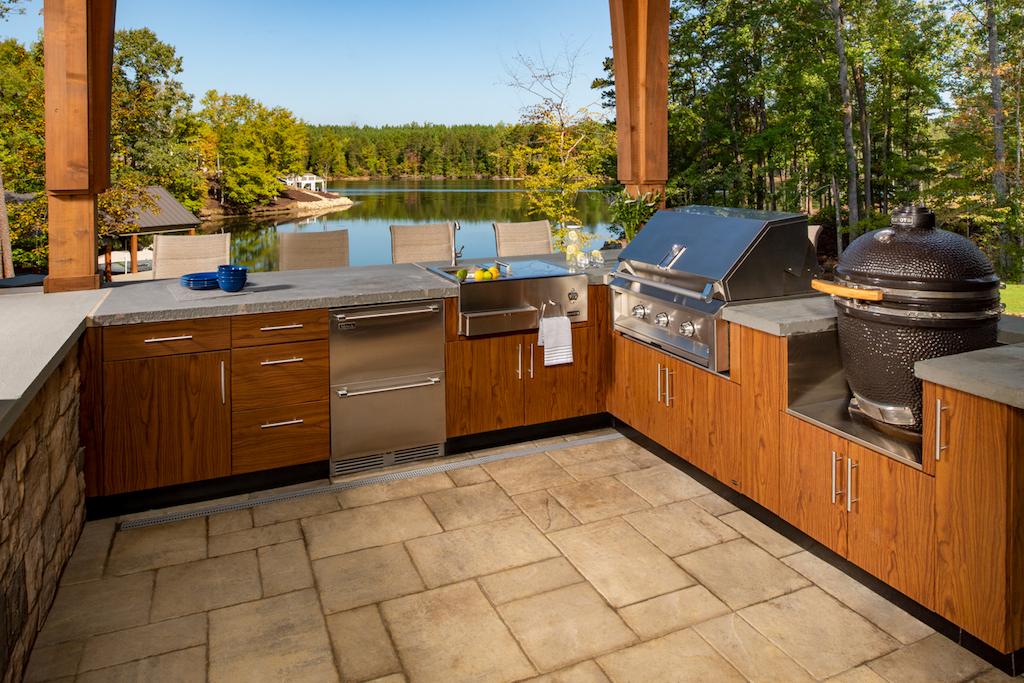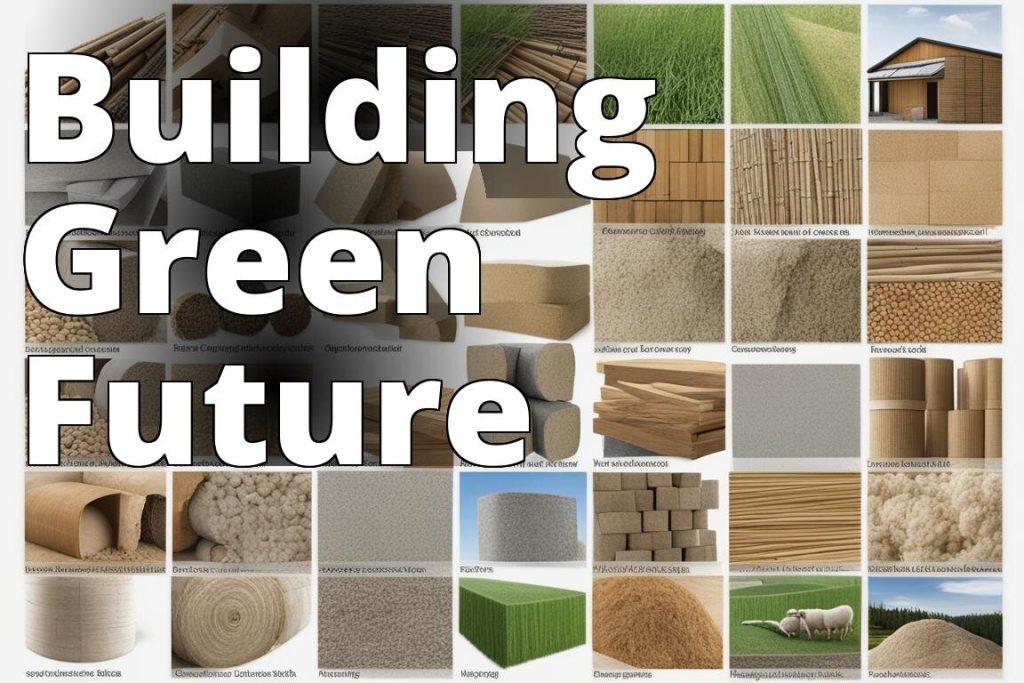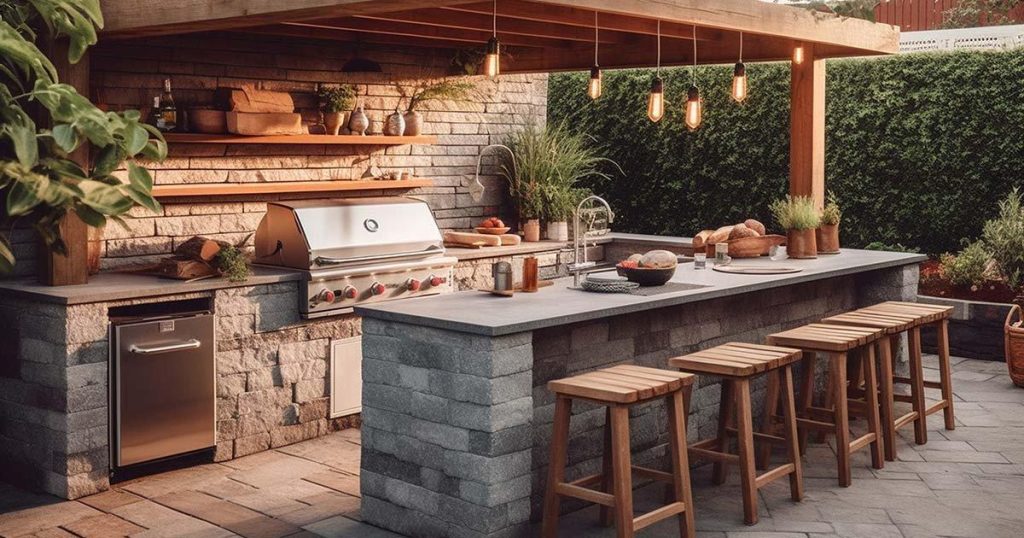As the warm rays of the sun coax us outdoors, the allure of al fresco dining and communal gatherings beckons. An outdoor kitchen not only extends your culinary space but also enhances the overall experience of cooking and entertaining in nature’s embrace. However, turning your backyard into a functional and safe culinary haven requires careful planning and consideration. From selecting the right appliances to ensuring compliance with safety standards, the myriad of factors that contribute to an effective outdoor kitchen can be overwhelming. In this article, we will explore essential tips that will guide you in creating a harmonious blend of safety and functionality, ensuring your outdoor culinary adventures are both enjoyable and secure. Whether you’re a seasoned grill master or a weekend foodie, these insights will help you design an outdoor kitchen that stands up to the elements while catering to your culinary needs.
Table of Contents
- Designing an Efficient Layout for Your Outdoor Kitchen
- Choosing Durable and Weather-Resistant Materials
- Incorporating Safety Features and Equipment
- Maximizing Functionality with Smart Storage Solutions
- To Conclude
Designing an Efficient Layout for Your Outdoor Kitchen

When planning your outdoor kitchen, it’s important to ensure the layout promotes both functionality and safety. Start by considering the work zones you’ll need. These include areas for cooking, preparation, and cleaning. Create a smooth workflow by placing the grill, prep counter, and sink in close proximity. This not only makes meal prep more efficient but also minimizes the distance you need to carry items. Be mindful of the traffic flow; ensure there’s enough space for multiple people to move around without bumping into one another or blocking the path between hot surfaces and sitting areas.
Another key aspect of layout design is considering the safety features you’ll incorporate. Ensure that all cooking appliances are equipped with proper ventilation, whether through a range hood or natural airflow. Use non-slip materials for surfaces nearby to avoid accidents, especially when the area gets wet. Additionally, it’s wise to segregate high-heat areas from dining zones, ensuring that guests can enjoy meals without worrying about proximity to flames or hot cooking equipment. Consider the following elements to enhance both safety and functionality:
- Lighting: Install adequate lighting for evening cooking and entertaining.
- Accessibility: Plan for easy access to storage for utensils and ingredients.
- Furniture: Choose durable, weather-resistant furniture that complements your cooking area.
Choosing Durable and Weather-Resistant Materials

When designing an outdoor kitchen, selecting materials that can withstand the elements is paramount. Stainless steel for appliances is a popular choice, as it resists rust and corrosion while providing a sleek, modern look. Natural stone, like granite or quartzite, is not only visually appealing but also exceptionally durable, making it ideal for countertops exposed to varying weather conditions. Additionally, consider materials like composite decking for flooring, which can endure heavy foot traffic and is resistant to fading and moisture.
Beyond aesthetics, the right materials can enhance the longevity of your outdoor kitchen. Choose weather-resistant cabinetry to prevent warping and fading; options made from polymer or marine-grade materials are excellent choices. For soft furnishings, opt for UV-resistant fabrics that won’t deteriorate in the sun. Here’s a brief comparison of common materials to consider, helping you make informed decisions:
| Material | Durability | Weather Resistance |
|---|---|---|
| Stainless Steel | High | Excellent |
| Granite | Very High | Excellent |
| Composite Decking | High | Good |
| Marine-Grade Plywood | Medium | Excellent |
Incorporating Safety Features and Equipment
Creating a safe outdoor kitchen involves being vigilant about potential hazards and incorporating proper safety features. First and foremost, ensure you have a fire extinguisher readily accessible, preferably rated for grease fires, to address any unexpected flare-ups. Additionally, consider installing a smoke detector and a carbon monoxide detector in enclosed areas to ensure air quality and alert you in case of any dangers. Use non-slip outdoor flooring to minimize accidents, and make sure your seating areas are stable and free from clutter. Regularly check that all equipment, from grills to burners, functions correctly and is free from gas leaks.
Furthermore, integrating safety equipment into your design can enhance the overall functionality of your outdoor kitchen. Utilize durable weatherproof storage boxes for flammable items or cleaning supplies, and ensure all appliances are grounded to prevent electrical hazards. To keep children and pets safe, consider installing a fence or barrier around the cooking area. Having an adequate first-aid kit is also vital for treating minor injuries effectively. Below is a simple guide of essential safety features and equipment:
| Safety Feature | Description |
|---|---|
| Fire Extinguisher | Handheld device to combat specific types of fires. |
| Smoke Detector | Alerts you about smoke presence to prevent fire casualties. |
| Non-Slip Flooring | Reduces the risk of slips and falls in wet conditions. |
| First-Aid Kit | Contains supplies to treat minor injuries on-site. |
Maximizing Functionality with Smart Storage Solutions
In an outdoor kitchen, smart storage solutions can significantly enhance both functionality and ease of use. By incorporating multi-functional furniture such as benches that double as storage boxes or islands with built-in cabinets, you can maximize your available space. Organizing tools and utensils using vertical wall-mounted racks or pegboards not only saves counter space but also keeps essential items within easy reach. Consider the installation of under-counter shelving to create a visually appealing yet practical storage area that allows for quick access to frequently used items.
To maintain a clutter-free environment, it’s wise to categorize your items and designate specific storage zones. This could include separate areas for cooking supplies, serving dishes, and cleaning materials. Incorporating weather-resistant bins will safeguard your utensils and cookware from the elements, while labeled containers can facilitate quick identification of items. To provide a clear overview of your storage setup, consider the following table that outlines effective storage solutions:
| Storage Solution | Benefits |
|---|---|
| Wall-Mounted Racks | Maximize vertical space; easy access to tools. |
| Multi-Functional Furniture | Combines seating and storage; saves space. |
| Weather-Resistant Bins | Protects items from outdoor elements; enhances durability. |
| Under-Counter Shelving | Utilizes hidden space; keeps surfaces tidy. |
To Conclude
designing an outdoor kitchen that is both safe and functional involves a careful blend of planning, consideration of materials, and adherence to safety guidelines. By investing time in proper layout design, incorporating necessary utilities, and choosing weather-resistant materials, you can create an inviting space that enhances your culinary experiences while ensuring the safety of all who gather. Remember to prioritize adequate lighting, ventilation, and storage solutions to keep your outdoor kitchen organized and efficient.
Ultimately, an outdoor kitchen is more than just an extension of your home; it’s a gateway to unforgettable gatherings, leisurely meals, and a connection with nature. With these essential tips in mind, you are well on your way to crafting a remarkable outdoor culinary haven that not only meets your functional needs but also becomes a cherished focal point for family and friends alike. Embrace the joy of outdoor cooking and set the stage for countless memorable moments in your new culinary retreat.



